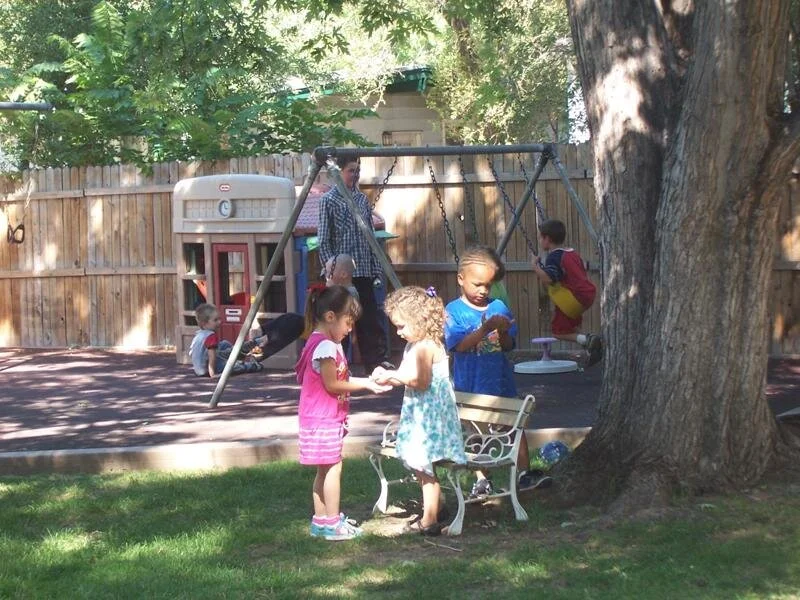Summertime Safety
Summer is in full swing. Last summer, some little ones might not have even been walking yet. Now, they might be able to get into all sorts of trouble outside. Read on for some tips and tricks on dealing with summertime with little kids.
Playing Outside
Take a tour of your backyard or play areas and check for any hazards (rusted or broken equipment and dangerous surfaces) that might have happened over during the winter. Big changes in temperature can wreak havoc on plastic and wood and make it brittle, cracked, and easily broken. Check all outdoor equipment and toys to ensure they are safe and in good condition for the children to use.
For babies who are learning to walk, outside play areas should have a smooth and easy surface to walk.
Make sure you always pay attention. While the heat tends to energize children, it can have the opposite effect on adults. Parents or caregivers should be participating in the children's play outdoors. Use this time to build relationships with children and stay active yourself.
You don't have to go far to spend time outside with your child! Children remember the simplest moments spent with their families or caregivers outdoors. Some of these you may not have done since you were a kid! Why not do them again? Here are just a few ideas of things you can do outside with your child:
Skip Rocks
Spot a Shooting Star
Dig to China
Create a Sidewalk Mural
Roll Down a Hill
Go on a Picnic
Build a Fort
See What's Hiding Under a Rock
Tightrope Walk a Log
Blow Dandelions into the Wind
Make sure when you’re outside to play safely, too!
Warmer weather means more bugs. From bees to spiders, dragonflies to mosquitoes, know the insects that are common in your area. If you’re a parent with kids in childcare, make sure that they have updated information about your kids’ allergies. If you’re a childcare program, make sure children with allergies to bee stings or spider bites have the medications and proper healthcare plans in place. Double-check after it rains that there is no standing water near play areas. Those tend to attract mosquitoes.
Stay safe when you’re swimming. If you’re playing in the water, make sure to stay within arm’s reach of kids. Drowning is actually the leading cause of injury and death for kids under four. Don’t depend on toy noodles or water wings to keep children safe.
Lather on the sunscreen! Apply sunscreen around a half an hour before going outdoors so it is absorbed into the skin. It will need to be reapplied every two hours if children are outside for more than an hour, and more frequently if they are playing in water. For children older than 6 months, apply sunscreen to all exposed areas, including their ears. For children younger than 6 months, avoid direct sunlight by keeping them in a shady spot under a tree, umbrella, or stroller canopy. You can use sunscreen on small areas of the body, like the face and the backs of the hands if protective clothing and shade are not available.
Drink plenty of water. Children don’t regulate their body temperature as well as adults and need to drink more water when the weather is warm. Make sure to take plenty of water breaks so that kids remember to drink, even if they don’t feel thirsty.
Take a trip to the playground. Make sure to pick a playground with equipment that is geared toward your child's age, matched with their abilities, developmental level and size. For example, smaller swings intended for younger children can break if larger children use them. And smaller children using equipment designed for older children can have difficulty reaching and climbing.
Related Content
Categories
Join Our Mailing List
Get regular updates delivered straight to your inbox.






